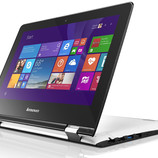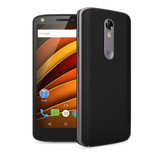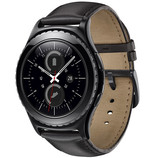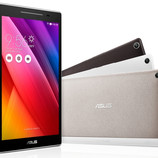Xiaomi MiPad 2 Tablet Review
Working For Notebookcheck
Are you a loyal reader of notebookcheck? Are you a techie who knows how to write? Then join our Team!
Especially wanted:
News Editor, Review Editor (Smartphones) -Details here
News Editor, Review Editor (Smartphones) -Details here
See our Top 10 Notebooks:
» Multimedia, » Gaming, » Lightweight Gaming
» Budget Office, » Business, » Workstations
» Subnotebooks, » Utrabooks, » Convertibles
» Budget Office, » Business, » Workstations
» Subnotebooks, » Utrabooks, » Convertibles
» Top 10 under 300 Euros, » under 500 Euros
» Best Notebooks for University Students
» Top Windows alternatives to Apple's MacBook series
» Best Notebook Displays
» Best Notebooks for University Students
» Top Windows alternatives to Apple's MacBook series
» Best Notebook Displays
Top 10 Tablets / Smartphones:
Case
Connectivity
The 16 GB internal eMMC flash memory is quite tight without storage expansion and makes buying the bigger 64 GB version recommendable. After deducting the operating system and preloaded apps, only 12.93 GB is available for personal use in the 16 GB model.
In addition to recharging the battery, the USB Type-C port also acts as the OTG host via OTG adapter, and it supports accessing external USB flash drives. However, mice and keyboards can also be connected to the tablet. A status LED, Wireless Display and the Fast Charge option are other highlights for a device from this price range.
Software
The MiPad 2 is not quite as up-to-date in terms of the used Android 5.1 Lollipop version. Xiaomi covers that with the seventh iteration of the proprietary MIUI user interface (V7). The user interface, analogous to the casing, visibly leans on Apple's iOS. Both the apps' design and controls look familiar.
MIUI V7 offers multiple additional features and customization options. The desktop can be altered according to personal taste. The screen's portion of blue light can be reduced in read mode and should make reading texts more comfortable. Another feature: Windows 10 can be installed on the MiPad 2 (64 GB model). The user officially has to decide which operating system, Android or Windows, is to be used. The MiPad 2 firmware is only available in Chinese or English.
Communication & GPS
The Wi-Fi module in the MiPad 2 supports the 802.11 ac standard, enabling theoretical data speeds of up to 1.3 GBit/s. Beyond that, it supports dual-band and thus using the 5 GHz band via the 802.11 ac is possible. The reception quality was very good in real-world use, and the Wi-Fi signal was stable. The tablet does not have a SIM-card slot for mobile Internet access. Xiaomi does not install a GPS module in the MiPad 2, either. The latest Bluetooth 4.1 standard can be used for wireless communication between the tablet and other end devices.
Video test calls via Skype functioned without problems using the installed front-facing camera. Both the call quality and volume of the incorporated speakers are very satisfactory and do not give reason for complaint.
·
0







